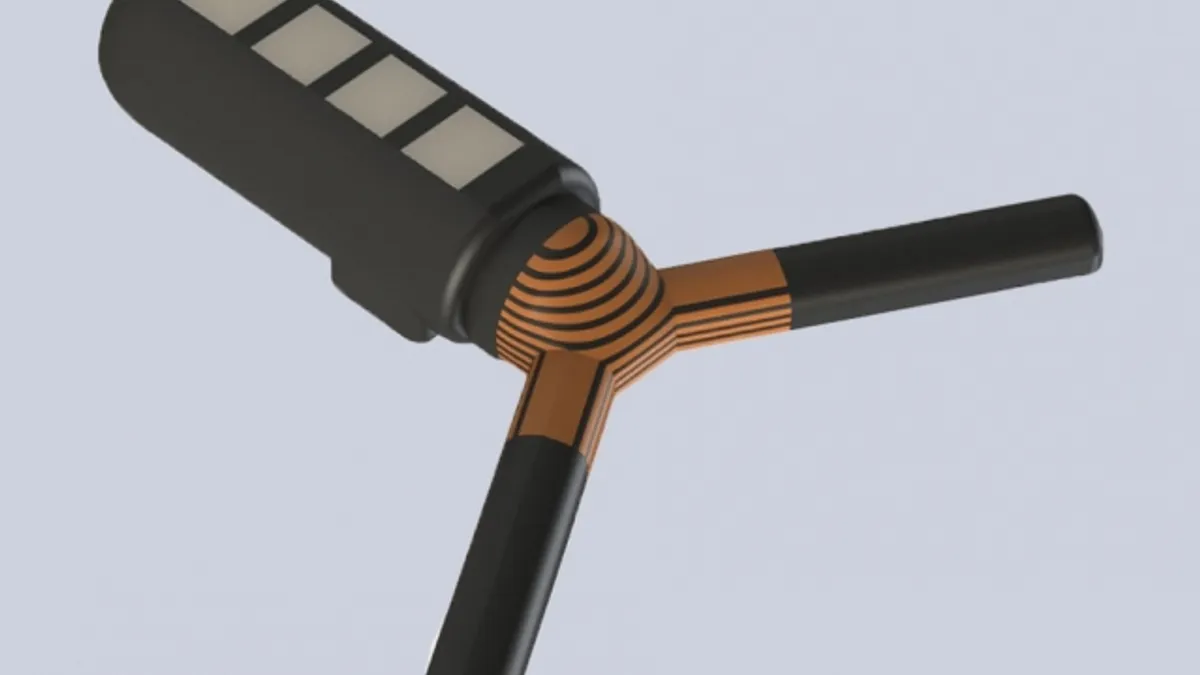Dive Brief:
-
Researchers have created an ingestible, 3D-printed capsule designed to stay in the stomach for a month or more taking readings and delivering medications.
-
The device can wirelessly communicate with other devices like smartphones via Bluetooth, opening the door to applications such as the remote delivery of preloaded drugs and transmission of data on a patient's status.
-
Having tested the device in pigs, the researchers think they could begin human trials within two years and have founded a company to advance the technology.
Dive Insight:
The potential for biomedical electronics which reside in the body at length to unlock new ways to treat and diagnose diseases is well recognized and has spurred research into an array of implantable microchips, pumps and other devices. However, these implants require some form of invasive procedure, from needle-based access up to full-blown surgery, which can raise the risk of infection.
Responding to those limitations, researchers at Massachusetts Institute of Technology, Draper and Brigham and Women's Hospital have worked on oral delivery of long-term resident biomedical electronics. Oral delivery is convenient for patients and lodges the device in the spacious, immune-tolerant gastrointestinal tract, factors that have led to multiple preclinical- and clinical-phase programs of such candidates.
The new research, details of which were published in Advanced Materials Technologies, seeks to improve on these earlier efforts, notably by increasing the time the device stays in the body. While the first-generation of orally-delivered devices typically passively move through the gastrointestinal tract and are expelled within a week, the experimental, 3D-printed product is designed to stay in the body for a month or more.
To increase residency time, the researchers designed a device that can be folded up into an ingestible dosage form. When the dosage form reaches the stomach, the device unfolds, growing to a size that renders it too large to continue passing along the gastrointestinal tract. The device then either breaks apart passively or is disintegrated via a remote trigger mechanism, allowing it to exit the body.
In tests in pigs, the device stayed in the stomach for up to 36 days and communicated wirelessly for up to 15 days. While the device is in the body and operational, it can release drug from a reservoir, sense the environment around it and combine these two features to tailor the treatment.
"Our system could provide closed-loop monitoring and treatment, whereby a signal can help guide the delivery of a drug or tuning the dose of a drug," Giovanni Traverso, a visiting scientist in MIT's Department of Mechanical Engineering, said in a statement.
Traverso and his collaborators are some way from demonstrating the system can deliver on that promise, though. Having generated proof-of-concept data in pigs, the researchers are considering modifications such as the use wireless powering mechanisms to increase functioning residence time while working to prepare the device for human testing.










